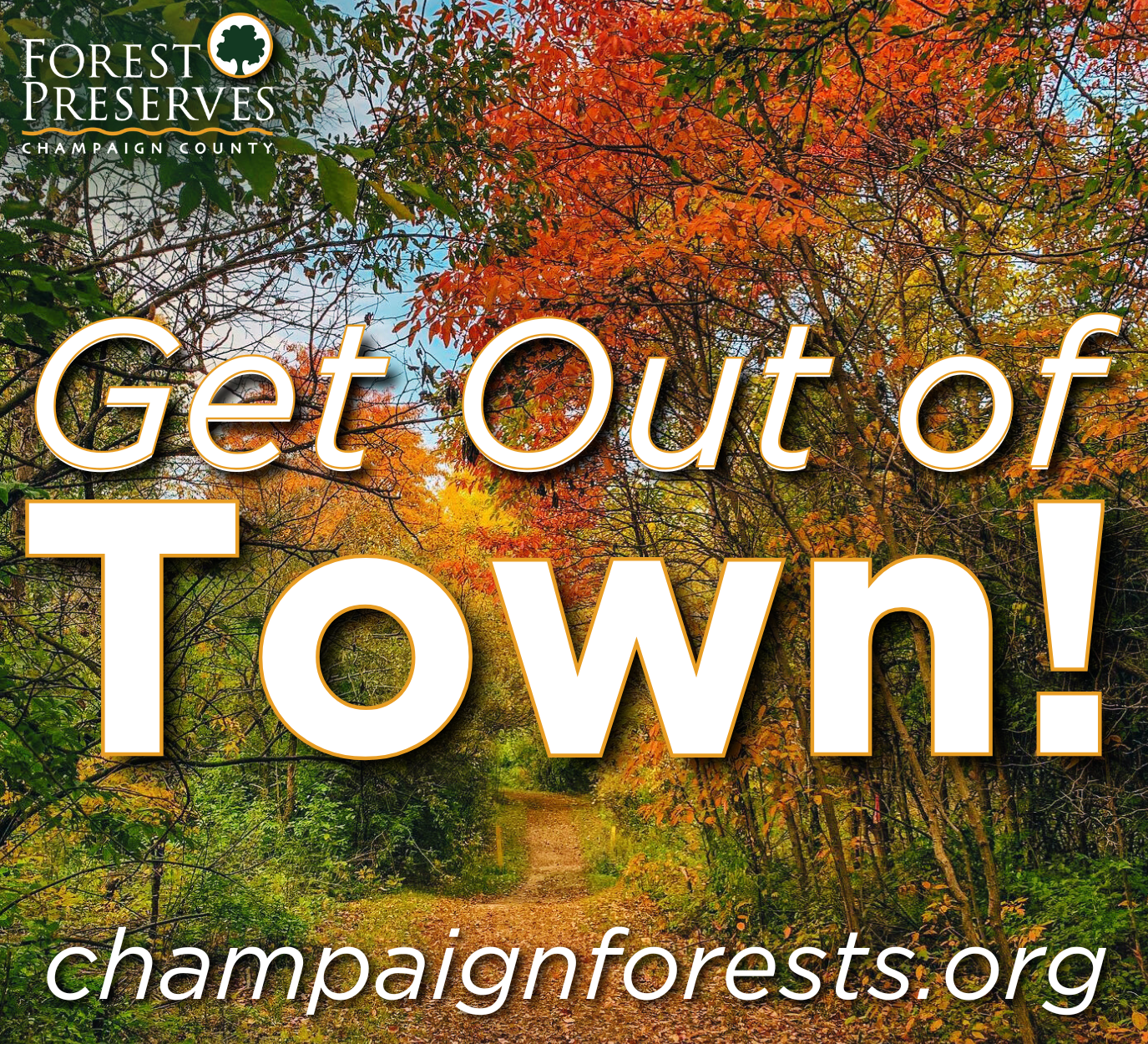By Dani Tietz
The upcoming Champaign County Forest Preserve July 4 Freedom Fest in 2023 will mark the final event held on the Lake of the Woods property.
The event scheduled for June 30 will begin at 4 p.m. and conclude after the fireworks show beginning at dusk. A $2 admission fee will be taken at the preserve’s entrances. Children under five can enter for free. Music from Mixx DJ Entertainment, food trucks, and the fireworks display will cap off the evening.
The Freedom Fest fireworks display has been held at the Lake of the Woods Forest Preserve since the 1990s, but responsibility for the event has not always been on the shoulders of the Champaign County Forest Preserve. CCFPD allowed the event to be on the property while a committee oversaw the production until about 10 years ago when CCFPD took on both measures.
While a decline in attendance, volunteers, and donations for the event were factors in the decision to remove the event from the annual calendar, CCFPD’s focus on the environment took priority.
In 2022, CCFPD approved the Climate Commitment, a board-approved document that focused on reducing climate change impacts within the district’s 4,028 acres. Not only has CCFPD implemented land-based solutions to reduce carbon emissions, but their commitment extends to programming, too.
“The beautiful displays come at a cost, emitting pollutants into the air and debris onto nearby grounds and waters to the detriment of humans and resident wildlife alike,” a statement released by CCFPD said. “Through its 2022 Climate Commitment, the Forest Preserve District pledged to reduce greenhouse gas emissions and contribute to a sustainable future.”
CCFPD’s event paired with another estimated 14,000 across the United States poses an environmental risk.
Tree Hugger reports that fireworks in the US emit approximately 60,340 metric tons of CO2 annually, which tends to exceed the emissions of around 12,000 gas-engine vehicles within the same timeframe.
Inverse reports: “Overall, the gunpowder used in the roughly 240 million pounds of fireworks bought for Independence Day releases about 50,000 metric tons of carbon dioxide. Based on estimates from the EPA, a forest fire in the continental U.S. produces 18 metric tons of carbon per acre. So the amount of carbon emissions from all Fourth of July fireworks is about equivalent to the amount of carbon produced by a single 2,700-acre wildfire in the continental United States.”
CCFPD also recognizes that the impact of fireworks is also immediate, disrupting both animals and humans.
“Fireworks have a significant impact on the very wildlife our mission charges us to protect,” CCFPD’s statement reads. “The loud noises and bright flashes can cause distress, disorientation, and even physical harm to animals. Wildlife suffer from increased stress levels and may abandon their homes at critical times.
“Likewise, the loud explosions can traumatize domestic pets in the area, leading to anxiety, panic, and potential injuries as they attempt to flee the noise. By discontinuing Freedom Fest, the Forest Preserve District acknowledges the need to protect and respect the well-being of both our resident wild animals and nearby domestic ones.
“The decision to end the event also recognizes the concerns of individuals suffering from PTSD and autism. The loud and sudden noises generated by fireworks can trigger traumatic memories or sensory overload for those with post-traumatic stress disorder or autism spectrum disorder. By discontinuing the event, the Forest Preserve District acknowledges the importance of creating inclusive and supportive spaces that prioritize the mental and emotional well-being of all community members.”
Within the 2022 Climate Commitment, CCFPD recognizes that East Central Illinois is already experiencing the impacts of a changing climate. Within the last 120 years, Illinois has experienced increased average temperatures, especially night-time minimum temperatures; increased winter and spring precipitation; more frequent heavy rains (> 2 inches) associated severe weather; and a greater risk of summer drought and heat waves.
Posing a direct threat to forests, wetlands, and prairies, CCFPD has committed to reaching near-zero net greenhouse gas emissions by 2050, enhancing Champaign County ecosystems, and working toward improved public understanding of climate change science.
“While bidding farewell to Freedom Fest may evoke a sense of nostalgia and disappointment for some, ending the firework show is a step toward a more sustainable and inclusive future,” CCFPD wrote. “By supporting the Forest Preserve District’s decision to embrace other forms of summer programming that reflect our growing concerns for the environment and the diverse needs of our community, we can foster a greater sense of harmony between human activities and the natural world.”



